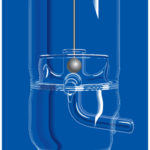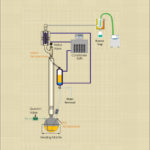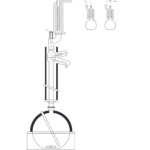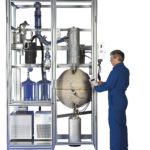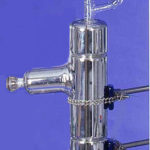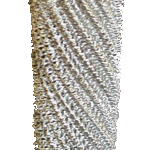Mini-Crude Oil Distillation
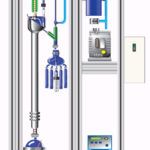
Distilling small samples of crude oil 100- 1000 ml Distilling small samples of crude oil can be a challenge. The “hold up” in the column packing makes true boiling point, D2892 distillation column impractical Traditional packed column systems have a lower limit of about 1 liter sample size. B/R developed the Mini-Crude Oil […]
